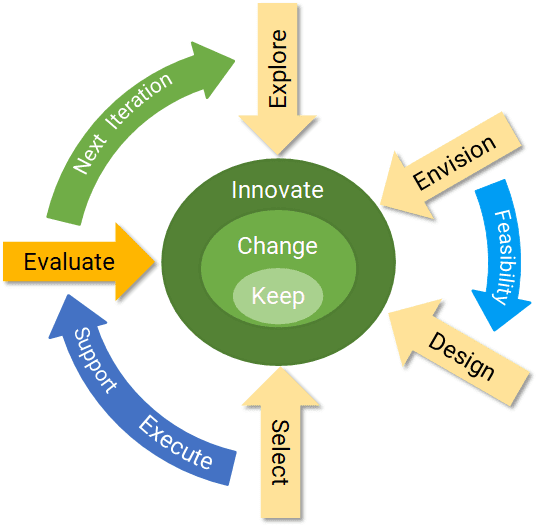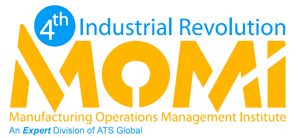
After each step of the roadmap, it needs to be checked that the expected benefits are (or will be) achieved and that adequate controls are in place to secure them. It is a best practice to explicitly create (or keep) metrics for those elements of the operational processes that are intended to improve. If one of the goals is to reduce a certain waste stream, then an adequate metric should be in place to continuously monitor the progress of the reduction of that waste stream. In this way many elements of the improvement program can be monitored easily.
However, also organizational aspects, like roles & responsibilities and succession plans & backups, policies & procedures, etc. need to be checked if they are aligned with each other and with the improvement goals. In the preparation steps a maturity assessment may have been performed to determine the actual situation, to identify the steps to improve and to create a plan (roadmap). In that case, it makes sense to repeat that assessment to see what improvements have been realized.
Since the beginning of our business change cycle the world may have changed (think of COVID-19). Therefore, we need to check if our goals for the future, which we have used to define our roadmap, are still valid. If necessary, the next step(s) have to be updated accordingly. Then the execution of that next step (cycle) can be prepared.

Business Change Cycle: Evaluate
Deliverables
- Overview of achieved improvements and benefits,
- Assessed metrics related to the intended improvement goals,
- Plan for the steps of the next business change cycle.
